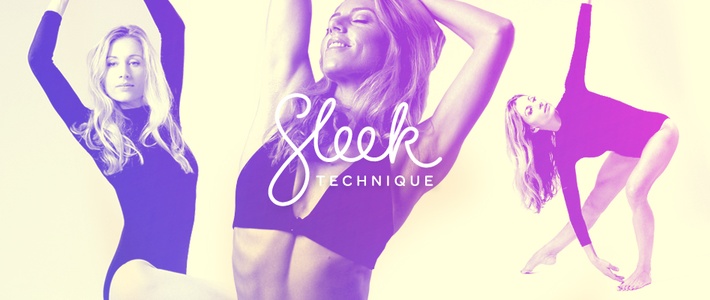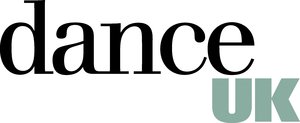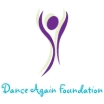
Sleek Technique, an online, ballet based, fitness programme, has been designed by two professional dancers as accessible dance-fitness programme for everyone. The live classes can be downloaded “on the go” and include authentic barre techniques and ballet bootcamps, as well as downloadable sculpting workouts delivered direct to computers, tablets and mobiles.
The technique prides itself on fitting in with busy lifestyles in order to create and maintain beautifully shaped bodies whenever and wherever you are. Sleek is an entirely portable fitness methodology, perfected for non-dancers by Birmingham Royal Ballet’s professional ballerina and fitness coach Victoria Marr and West End dancer Flik Swan. It combines elements of classical ballet technique and conditioning exercises used by the professionals to sculpt their lean, dancer bodies. The Body Beautiful workouts are delivered live online or are available to download to start transforming shapes, and with a maximum of 5 people in each live class, the founders are able to monitor technique to make sure participants get the most out of every session.
Sleek Technique combines the dancers’ knowledge on which exercises really give a toned and slender body, and the girls are always ready to help transform and aid progress. Sleek uses multi functional dance based exercises which condition and tone muscles whilst improving co-ordination, posture and stamina. These are combined with isolated isometric exercises which work to sculpt individual muscle groups. Sleek Technique is low impact and easy on joints, but high intensity to strengthen muscular structure. Stretching out each muscle group as it is worked then ensures longer, leaner, dancer like muscles are created with no bulk, to show off beautiful lines with curves in the right places.


 Dance UK, the national voice for dance founded in 1982 to tackle the big issues facing the dance sector, has organised an array of events suitable for budding dancers, students, choreographers and teachers.
Dance UK, the national voice for dance founded in 1982 to tackle the big issues facing the dance sector, has organised an array of events suitable for budding dancers, students, choreographers and teachers.
 2012 saw the launch of the Dance Again Foundation, a charity which was created specifically to provide support and advice for professional dancers to help them return to the stage post-injury. Through its work, the Foundation aims to help each dancer manage each injury they have, and even prevent minor injuries develop into major ones through early intervention and enhanced rehabilitation. The injury does not have to have a dance-related cause: for many dancers who have experienced injury through accident, the Dance Again Foundation works to help dancers access the appropriate treatment and therapy to enable them to return to dance.
2012 saw the launch of the Dance Again Foundation, a charity which was created specifically to provide support and advice for professional dancers to help them return to the stage post-injury. Through its work, the Foundation aims to help each dancer manage each injury they have, and even prevent minor injuries develop into major ones through early intervention and enhanced rehabilitation. The injury does not have to have a dance-related cause: for many dancers who have experienced injury through accident, the Dance Again Foundation works to help dancers access the appropriate treatment and therapy to enable them to return to dance. “Shin splints” is the term for the ache and pain around the tibia and fibula which are the bones at the front of your leg that run from your ankle to your knee. They can be treated and prevented, but here’s the low down on the truth behind this troublesome condition.
“Shin splints” is the term for the ache and pain around the tibia and fibula which are the bones at the front of your leg that run from your ankle to your knee. They can be treated and prevented, but here’s the low down on the truth behind this troublesome condition.